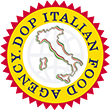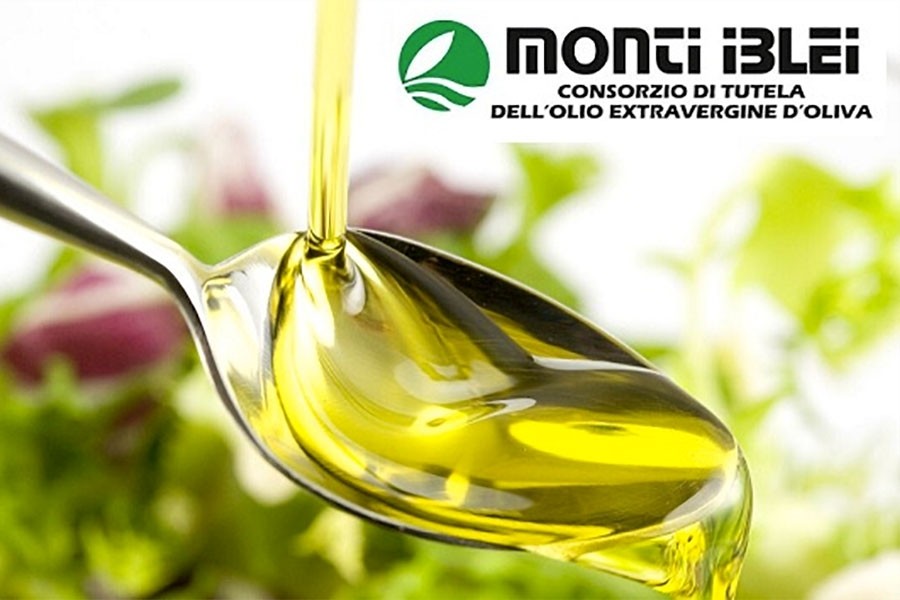Monti Iblei Olive Oil P.D.O.
Description
Monti Iblei PDO extra virgin olive oil is obtained from the Tonda Iblea, Moresca and Nocellara Etnea olive varieties.
The designation must be accompanied by one of the following names: Monte Lauro, Val d’Anapo, Val Tellaro, Frigintini, Gulfi, Valle dell’Irminio, Calatino, Trigona-Pancali.
Production Method
The olives must be harvested directly from the tree, either by hand or mechanically, by October 30th or January 15th of each year, depending on the geographical reference.
Appearance and Flavour Monti Iblei Olive Oil Pdo
• Monte Lauro: obtained from the Tonda Iblea variety (at least 90%); it is green in colour and has a mild fruity aroma, with hints of hay and a fruity, mildly piquant flavour.
• Val d’Anapo: obtained from the Tonda Iblea variety (at least 60%); it is green in colour and has a light fruity aroma, with mild hints of hay and a delicate piquant fruity flavour. • Val Tellaro: obtained from the Moresca variety (at least 70%); it is green in colour and has a mild fruity aroma, with light hints of hay and a mildly piquant fruity flavour.
• Frigintini: obtained from the Moresca variety (at least 60%); it is green in colour and has an intense fruity aroma, with mild hints of hay and a slightly piquant fruity flavour. • Gulfi: obtained from the Tonda Iblea variety (at least 90%); it is green in colour and has an intense fruity aroma, with mild hints of hay and a mildly piquant fruity flavour.
• Valle dell’Irminio: obtained from the Moresca variety (at least 60%); it is green in colour and has a light fruity aroma,
with mild hints of hay and a delicate piquant fruity flavour. • Calatino: obtained from the Tonda Iblea variety (at least 60%); it is green in colour and has a light fruity aroma, with mild hints of hay and a delicate piquant fruity flavour.
• Trigona-Pancali: obtained from the Nocellara Etnea variety (at least 60%); it is green in colour and has a mild fruity aroma, with light hints of hay and a slightly piquant fruity flavour.
Gastronomy Monti Iblei Olive Oil Pdo
Extra virgin olive oil is highly perishable and must be stored correctly in order to maintain its organoleptic characteristics.
It should therefore be kept in a cool, dark place at a temperature between 14 and 18°C, away from heat sources and other foods that release odours.
It should be consumed within four to six months of pressing to fully appreciate its qualities.
Monti Iblei PDO extra virgin olive oil is an ideal condiment for fish, vegetables and white meats.
Marketing Monti Iblei Olive Oil Pdo
The product is marketed as Monti Iblei PDO extra virgin olive oil, accompanied by one of the following place names:
Monte Lauro, Val d’Anapo, Val Tellaro, Frigintini, Gulfi, Valle dell’Irminio, Calatino or Trigona-Pancali.
It is sold in glass or tin plate recipients of no more than 5 litres. The label must indicate the year of production.
Distinctive Features Monti Iblei Olive Oil Pdo
Monti Iblei PDO extra virgin olive oil is characterised by a maximum acidity that varies between 0.5 and 0.65 g per 100 g of oil, a panel test result higher than or equal to 6.5 or 7 and a polyphenol level of at least 120 ppm.
the Monti Iblei Olive Oil Pdo, is an official recognition of the characteristic features of the Extra Virgin Olive Oil, produced in the area of the Hyblaean Mountains, a homogeneous territory on the southern part of Sicily, in the heart of the Mediterranean sea, ancient gateway of the olive tree into Europe.
Consumers can recognise a quality product tasting it directly, identifying and reading on the label the EU PDO (Protected Designation of Origin) and PGI (Protected Geographical Indication) symbols which guarantee that the product has been subjected to strict controls to secure traceability and to organoleptic analysis by an official panel..
Tasting Monti Iblei Olive Oil Pdo Extra Virgin Olive Oil means, therefore, to get closer to the territory of origin, to its history and traditions, as well as to appreciate the fruits of human toil. Sicily, thanks to the skill and experience of its olive growers and oil pressers, has received the prestigious recognition by the European Community. The wide range of perfumes and flavours, which the three main olive varieties are able to express, allow to obtain unique and inimitable oils.
Origin and history of the olive oil
Extra Virgin Olive Oil is obtained from the fruit of the olive tree . The olive is a fleshy fruit called, in botany, drupe.
The fact that the olive oil is extracted from a fruit and not from a seed, is very important from an organoleptic, nutritional and health point of view because in addition to fats, many other valuable substances, present only in the fruits, transfer to the oil.
Extra virgin olive oil is one of the few agricultural products derived from a fruit through a simple physical and mechanical extraction, which can be directly consumed without further industrial processes. More than any other food, its quality depends on the delicacy with which all the stages of processing of the fruit are performed (the olive).
The characteristic features of the Extra Virgin Olive Oil are::
- physical and mechanical technology, without any chemical solvents;
- the oil has to get a series of lesser components from the fruit of the olive (sterols, squalenes, alcohols, pigments, phenols, tocopherols and volatile substances) which make up the unsaponifiable fraction;
- a balanced composition of medium-chain fatty acid (MCFAs).
- a more or less intense scent, which is reminiscent of the freshness of the olive (fruity);
- The oil must give a slight bitter and spicy mouth-feel, not unctuous but fluid.
HistoryMonti Iblei Olive Oil Pdo
Olive cultivation in the production area of Monti Iblei PDO extra virgin olive oil dates back to the Magna Græcia era.
The success of cultivation and trading olive is demonstrated by ancient trade agreements for to olive oil, known as Pandette.
Production Area
The production area of Monti Iblei PDO extra virgin olive oil is within the territory of several municipal areas in the provinces of Syracuse, Ragusa and Catania, in the Sicily region.
Operators: 182
Production(KG): 228.468
Turnover(MLN€): 1,70
Surface(HA): 1.521,34

 IT
IT 